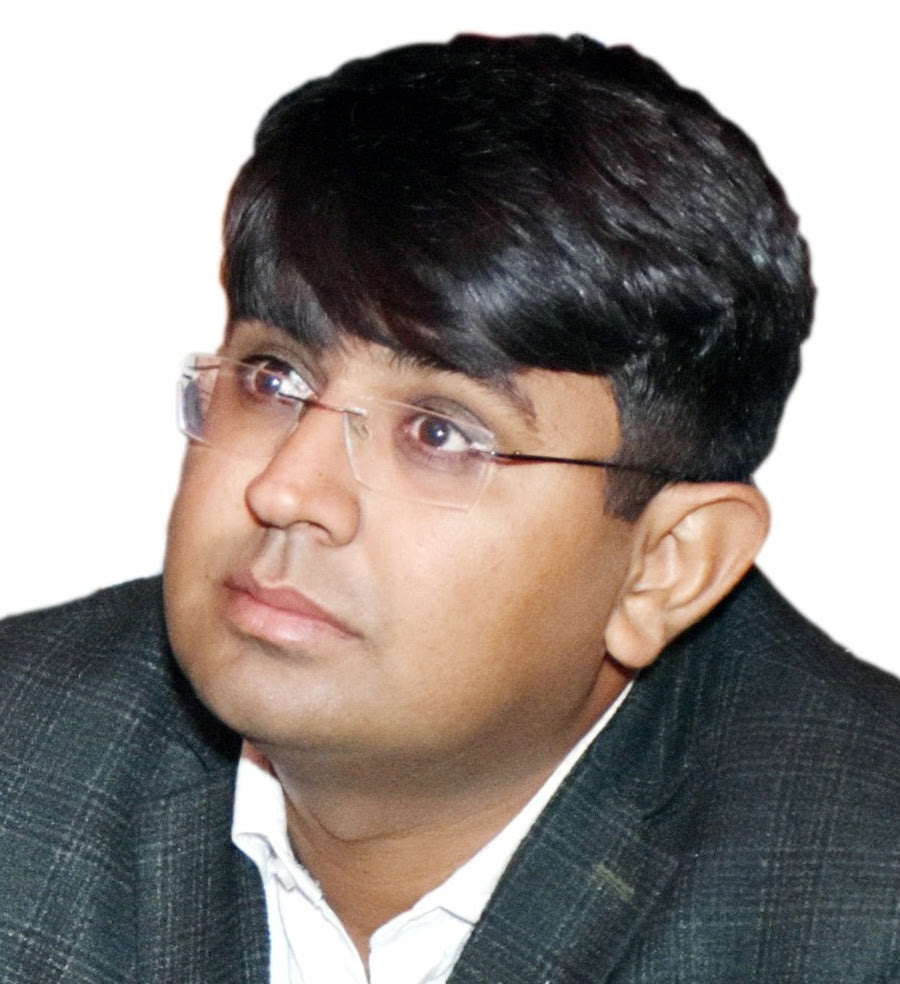There is only one allopathic doctor available for every 10,000 people and one government hospital for 90,000 people
Innocent and illiterate patients or their relatives are exploited
 Satywan Saurabh
Satywan Saurabh

World Health Day -There is only one allopathic doctor available for every 10,000 people and one government hospital for 90,000 people. Innocent and illiterate patients or their relatives are exploited. Most centers are run by unskilled or semi-skilled paramedics and doctors are rarely available in rural setups.
Patients when in an emergency are referred to tertiary care hospitals where they become more confused and easily duped by a bunch of health workers and middlemen. Non-availability of basic medicines is a persistent problem in India’s rural healthcare. In many rural hospitals, the number of nurses is much less than required.
provides an opportunity to focus the world’s attention on a health problem or issue that deserves special attention. There is an acute shortage of medical staff, infrastructure, and last-mile connectivity in rural areas in the country. 78% of doctors serve urban India (30% of the population). made worse by severe shortfalls in the supply of services (human resources, hospitals, and diagnostic centers in the private/public sector) and grossly unequal availability between and within states.
For example, even a well-positioned state like Tamil Nadu has a more than 30% shortage of medical and non-medical professionals in government facilities. 61% PHCs have only one doctor, while about 7% are functioning without any, 33% PHCs do not have a lab technician, and 20% do not have a pharmacist.
Nearly 50% of all government doctors’ posts are lying vacant in many states. India’s expenditure on the health sector has increased from 1.2 percent of GDP in 2013-14 to 4 percent in 2017-18. The National Health Policy 2017 had targeted this to be 2.5% of GDP. There is neither a real increase in the health budget nor a policy to strengthen the public/private sector in deficit areas.

e-mail: infocom.krc@gmail.com
Know More | Apply Here
While Ayushman Bharat provides portability, one should not forget that it will take time to set up hospitals in areas with shortages. This in turn may attract patients to the southern states, which have a comparatively better healthcare infrastructure than the rest of India. As seen recently, there are doubts about the capacity of India’s infrastructure to handle the additional load of patients during a pandemic like COVID-19. Medical tourism (foreign tourists/patients) is on the rise as a policy promoted by the government, and so are domestic patients, both insured and uninsured.
Only 11% of sub-centers, 13% of primary health centers, and 16% of community health centers in rural India meet Indian public health standards. There is only one allopathic doctor available for every 10,000 people and one government hospital for 90,000 people. Innocent and illiterate patients or their relatives are exploited. Most centers are run by unskilled or semi-skilled paramedics and doctors are rarely available in rural setups.
Patients when in an emergency are referred to tertiary care hospitals where they become more confused and easily duped by a bunch of health workers and middlemen. Non-availability of basic medicines is a persistent problem in India’s rural healthcare. In many rural hospitals, the number of nurses is much less than required.
Given the country’s crumbling public health infrastructure, most patients are forced to go to private clinics and hospitals. There is a shortage of PHCs (22%) and sub-health centers (20%), while only 7% of sub-health centers and 12% of primary health centers meet the criteria of the Indian Public Health Standards (IPHS). The northern states hardly have any sub-centers and primary health centers are practically non-existent. The connectivity of the first mile from the primary health center has been broken.
For example, in Uttar Pradesh, there is one PHC for every 28 villages. About 70 percent of health services in India are provided by the private sector. If private healthcare collapses due to economic constraints or other factors, India’s entire healthcare system could collapse. More than 70 percent of the total health expenditure is done by the private sector. However, there is not enough presence of private hospitals in Tier-2 and Tier-3 cities and there is a trend towards super specialization in Tier-1 cities.
The lack of a level playing field between public and private hospitals has been a major concern as public hospitals will continue to receive budgetary support. This will prevent the private sector from actively participating in the government scheme.
Patients bear a major portion of the health expenditure, which is 61 percent of the total health expenditure. Even the poor are forced to opt for private healthcare, and hence, pay from their pocket. As a result, an estimated 63 million people fall into poverty due to health expenditures annually. Inequalities in the health sector exist due to several factors such as geography, socioeconomic status, and income groups among others.

Poet, freelance journalist, and columnist, All India Radio and TV panelist,
333, Pari Vatika, Kaushalya Bhawan, Barwa (Siwani) Bhiwani, Haryana – 127045
Compared to countries such as Sri Lanka, Thailand, and China, which started at roughly similar levels, India lags behind its peers on healthcare outcomes. India is one of the countries with the lowest per capita healthcare expenditure in the world. The government’s contribution to insurance is roughly 32 percent, compared to 83.5 percent in the UK.
The exorbitant cost in India stems from the fact that 76 percent of Indians do not have health insurance. Fake doctors: Rural medical practitioners (RMPs), who provide 80% of outpatient care, have no formal qualifications for the same. People fall prey to quacks, which often results in severe disability and loss of life.
The government has launched several policies and health programs but the success has been only partial. The National Health Policy 2002 proposed to increase government spending on health to two to three percent of gross domestic product (GDP) by 2010, which has not happened yet. Now, the National Health Policy 2017 proposes to take it to 2.5 percent of GDP by 2025.
The overall situation with India’s flagship program in primary health care, the National Health Mission, remains dismal. The share of NHM in the health budget fell from 73% in 2006 to 50% in 2019, as there was no uniform and substantial increase in health spending by states. There are many determinants for better health such as better drinking water supply and sanitation; improved nutrition outcomes, health, and education for women and girls; Better air quality, and safer roads that are outside the purview of the Ministry of Health.


